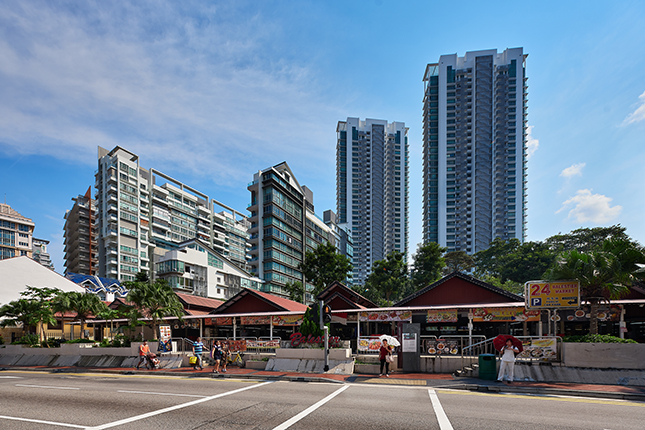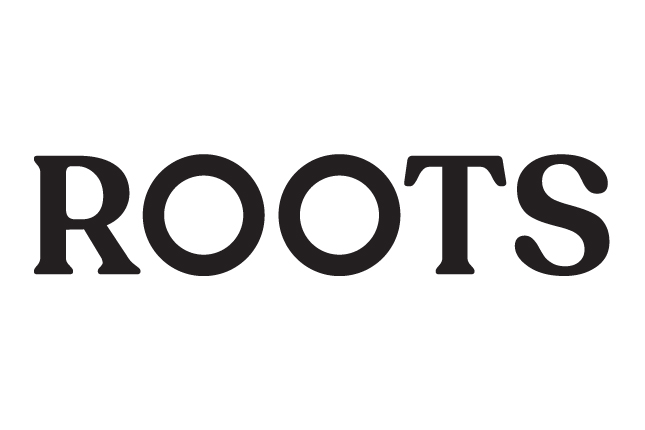Hainanese Curry Rice
A plate of Hainanese curry rice usually comprises rice, braised cabbage, and a pork chop, drenched in fragrant curry. Other signature components are braised pork cooked in the Hokkien or Peranakan style, and chicken curry. Common side dishes include meatballs, bean sprouts, tofu, seafood, and fried eggs.
This dish is believed to have been created in Singapore, starting with the Hainanese chefs and cooks, who drew from British and Peranakan influences. An eclectic blend of cultures produced this multicultural dish — the British-influenced breaded pork chop, the Peranakan-style braised cabbage, or chap chye, and the originally-Indian curry pastes thickened with starch in Chinese style.
Geographic Location
Hainanese curry rice was commonly sold by the Hainanese community in shophouse stalls. Today, it can also be found at stalls in hawker centres, coffee shops and food courts.
Communities Involved
Today, many Hainanese curry rice stalls in Singapore continue to be owned by ethnic Hainanese and most stalls are family-run. Examples of family-run Hainanese curry rice stalls include Hong Seng Curry Rice, Tian Tian Curry Rice and Truly Curry Rice.
Associated Social and Cultural Practices
The preparation of the key dishes of the Hainanese curry rice, including curry gravy with chicken, braised pork belly or trotters, braised cabbage and breaded pork chop, are essential and stalls have their own recipes that are often passed down through the generations.
Hainanese curry, or the curry chicken dish, is thick, silky and smooth curry, with the aroma of coconut milk and a spicy flavour. To make the curry, fresh spices are used to ensure the flavours are released well. The mortar is used for pounding lemongrass and blue ginger, which are stir fried with oil till fragrant. Fresh chicken is added next, and also potatoes, before the mixture is stir fried with the condiments of freshly-blended shallots, garlic, candlenuts, as the basic condiments. Curry powder, chilli powder, turmeric powder and water are added, mixed well, and the curry is simmered until the chicken and potato are well-cooked. Lastly, fresh coconut milk is added before the thickening of the gravy is done with addition of tapioca starch. This method of thickening the gravy is a common method in Chinese cooking and is known as gou qian (勾芡) in Mandarin.
One noteworthy variant of Hainanese curry rice is “scissors-cut curry rice”, in which Chinese-style tailor’s scissors of stainless steel are used to cut the meat. According to Mr Lim Jia Han of Hong Seng Curry Rice, not only is the snipping sound of the scissors catchy, but naming the stall after this technique also makes it appealing to consumers.
Experience of a Practitioner
Cooking curry rice requires a lot of time and effort from the hawker. To prepare all the ingredients, work may begin as early as 5am for a stall that opens from 11am to 11pm, said Mr Lim of Hong Seng Curry Rice. In order to make the pork chop, meat is tenderised, marinated, coated with flour and crushed cream crackers, then deep-fried. Meanwhile, the cabbage is cooked till soft in a braised sauce made with dried shrimp, garlic, and shallots. The pork belly or pig trotters are first put into boiling water, then cooked for up to two hours using a braised sauce of garlic and dark soya sauce. If cooking in the Peranakan style, cinnamon and star anise add flavour; for the Hokkien style, Chinese herbs like licorice or chuanxiong rhizome are used instead.
For the curry, the chef stir-fries ground blue ginger and lemongrass with oil before adding chicken, potatoes, and blended candlenuts, garlic, and shallots. Next, he adds water as well as chilli, turmeric, and other Indian spices. The curry is left to simmer. Afterwards, he adds fresh coconut milk, as well as tapioca starch to make the curry silky, as practised by the Chinese. Fresh spices are important for a flavourful curry.
Present Status
Mr Lim observes that Hainanese chicken rice stalls are becoming much more common than Hainanese curry rice hawker stalls. Making curry rice is hard work, requiring long hours in a typically hot, uncomfortable environment. This deters young people from taking up or persevering in the trade. However, for some stalls—such as Tian Tian Curry Rice, Truly Curry Rice, and Mr Lim’s Hong Seng Curry Rice—members of the next generation have taken over the reins from their older family members. Some of them have introduced measures to promote, safeguard, and change perceptions of Hainanese curry rice.
For instance, Hong Seng Curry Rice now has a central kitchen where 70 percent of the preparation work can take place in a more comfortable setting, rather than at the stalls, so that Mr Lim and his employees only need to arrive at the stalls two hours before opening time, rather than five or six in the morning. Hong Seng Curry Rice has stalls at Redhill Food Centre, the Singapore Management University (SMU), and the Northpoint City mall in Yishun.
For a while, Mr Lim also organised tours to Tekka Market and the SMU stall, giving participants a first-hand experience of Singaporean cuisine and curry rice. He plans to resume these tours in the future. For now, he has made changes to appeal to the younger customers, hoping that these will eventually interest them in trying traditional curry rice. At SMU, students can get a healthier side of salad topped with sesame dressing or curry. And, at National University of Singapore (NUS,) Mr Lim is experimenting with a food kiosk where he has rebranded curry rice as “Hainanese donburi”. With that, Mr Lim hopes to promote curry rice to more Singaporeans, especially youth, in the future. Given these initiatives, the future of curry rice in Singapore looks bright indeed.
References
Reference No.: ICH-061
Date of Inclusion: March 2019
References
Duruz, Jean & Gaik Cheng Khoo. Eating Together: Food, Space and Identity in Malaysia and Singapore. Lanham: Rowman & Littlefield, 2015.
Hong Seng Curry Rice. “About Us.” Curry Rice Singapore, 2016. http://www.curryrice.sg/about-us/. Accessed 20 November 2017.
Hong Seng Curry Rice. “Hainanese Curry Rice.” Curry Rice Singapore, 2016. http://www.curryrice.sg/hainanese-curry-rice/. Accessed 20 November 2017.
Tan, Christopher, and Van, Amy. “Singapore Heritage Cookbook: Heritage Cooking, Singapore: Marshall Cavendish, 2012.
Tay, Leslie. “Loo’s Hainanese Curry Rice: How did Hainanese Curry Rice come to be?”, ieatishootipost, 14 September 2010. http://ieatishootipost.sg/loos-hainanese-curry-rice-how-did-hainanese-curry-rice-come-to-be. Accessed 20 November 2017.


















